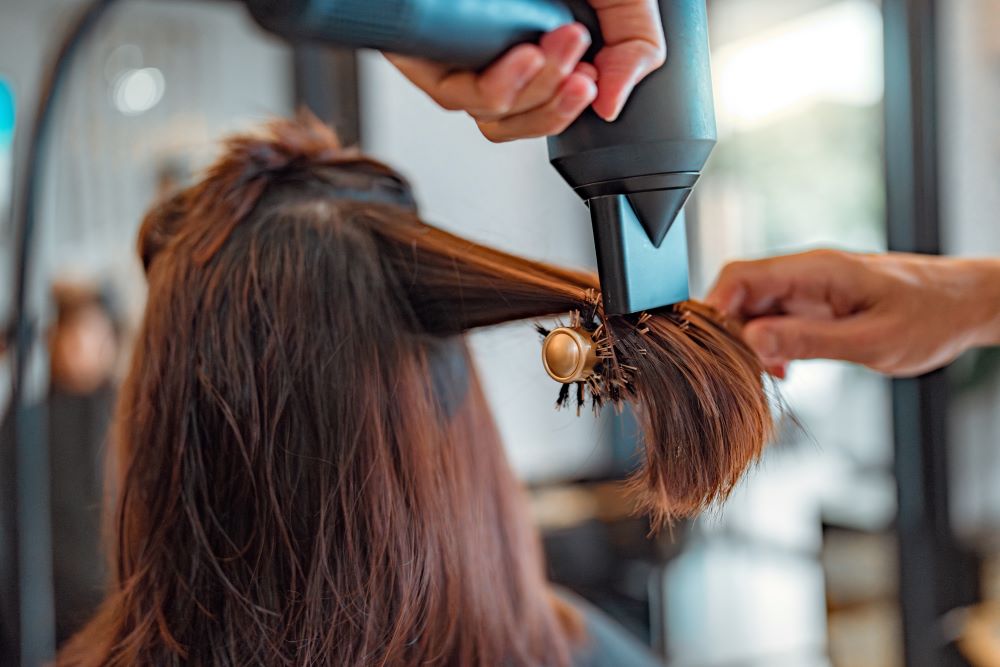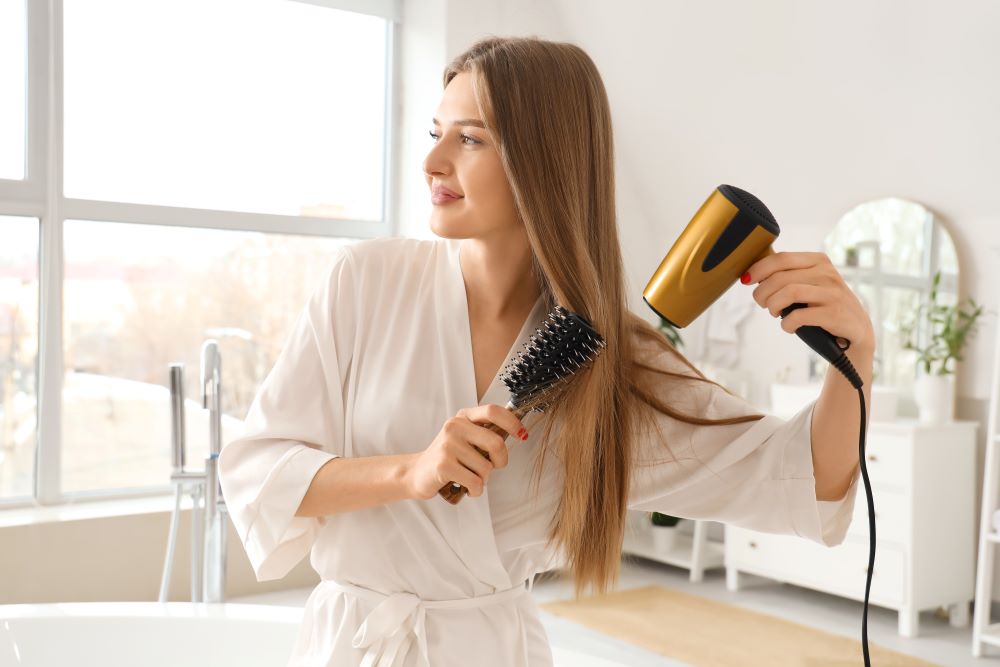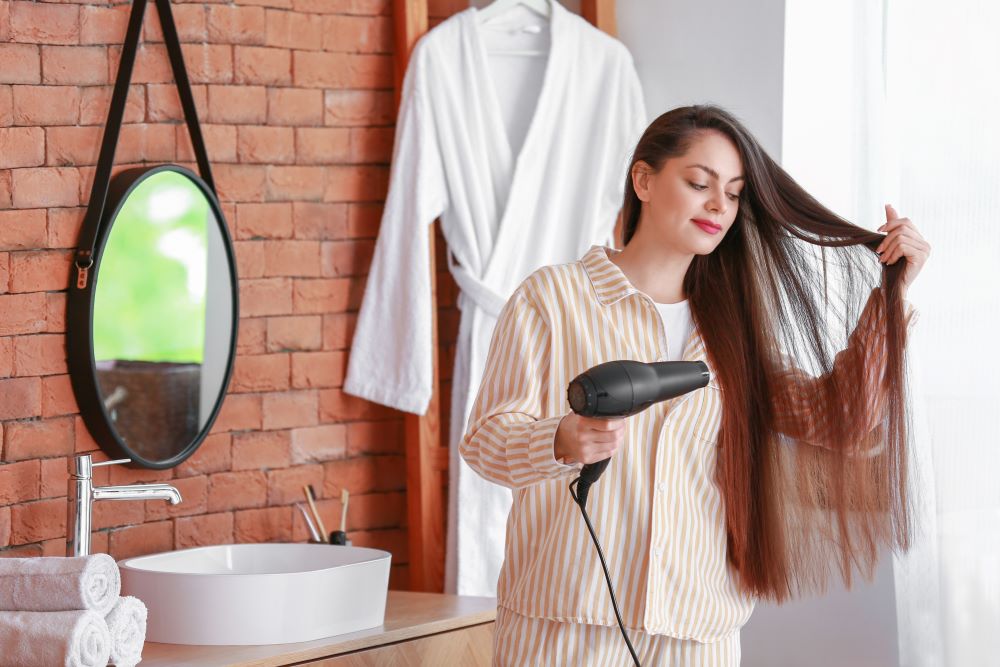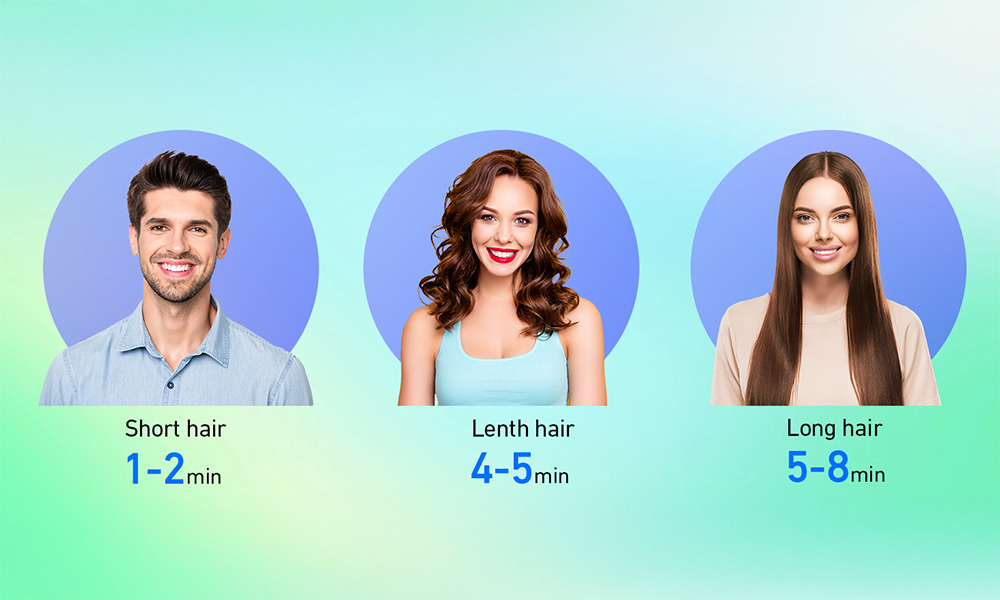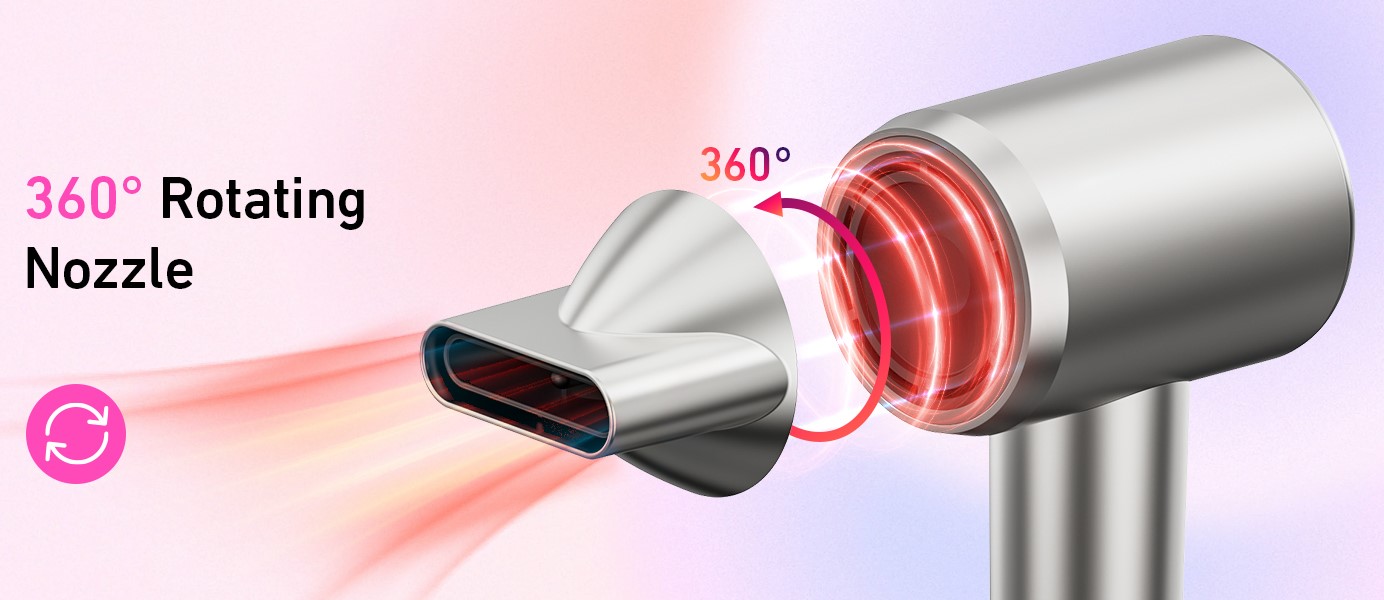
- Home
- Hair Dryer
- Hair Care Tips
- DIY Hair Masks: Natural Recipes for Lustrous Shine
DIY Hair Masks: Natural Recipes for Lustrous Shine
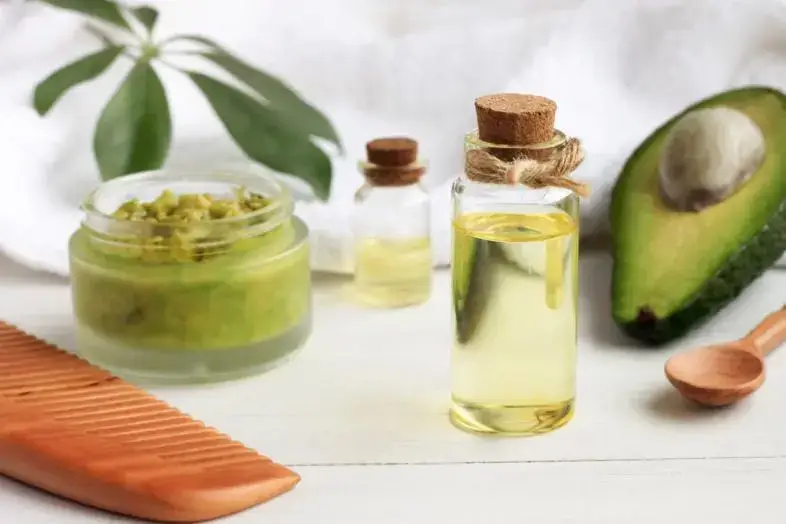
Natural hair masks are a treasure trove of nourishment for your hair, offering a myriad of benefits that can transform dull, lifeless strands into luscious locks. Crafted from ingredients found in your kitchen or garden, these masks infuse your hair with essential nutrients, promoting hydration, strength, and growth. Unlike their commercial counterparts, natural masks are free from harsh chemicals, ensuring that you’re providing the best care for your hair in the most organic way possible.
The magic of natural hair masks lies in their simplicity and the potency of their ingredients. Ingredients like avocado, honey, and coconut oil are packed with vitamins, minerals, and fatty acids that penetrate deep into the hair shaft, repairing damage, sealing moisture, and adding an enviable shine. Regular application of these masks can reduce frizz, prevent breakage, and ensure that your hair not only looks healthier but truly is healthier from the inside out.
Understanding Your Hair Type
Identifying Different Hair Types: Dry, Oily, Normal, and Combination
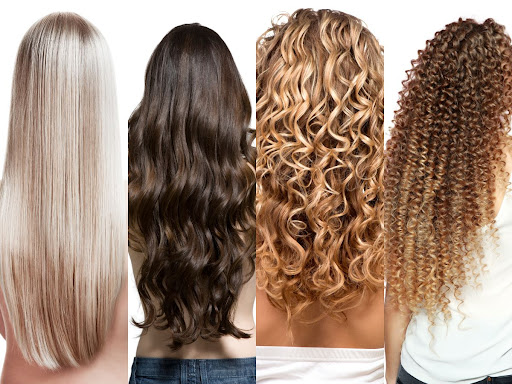
Understanding your hair type is crucial in selecting the right hair care regimen. Dry hair may feel brittle and lackluster, needing moisture and nourishment. Oily hair, on the other hand, can look greasy quickly due to overactive sebaceous glands. Normal hair has a balanced sebum production, making it neither too dry nor too oily, while combination hair features a mix of types, such as oily roots and dry ends.
Importance of Choosing the Right Ingredients for Your Hair Type
Selecting ingredients that complement your hair type enhances the effectiveness of your hair care routine. For instance, dry hair benefits from hydrating ingredients like honey and oils, while oily hair may require astringent ingredients like lemon juice and apple cider vinegar to balance sebum production. Knowing your hair type allows you to tailor natural remedies to your specific needs, ensuring optimal health and shine.
Preparation Basics
Essential Tools and Ingredients for Homemade Hair Masks
Before you begin, gather essential tools such as a mixing bowl, whisk, measuring spoons, and a blender for smoother masks. Key ingredients often include base items like coconut oil, olive oil, avocados, eggs, and honey, which can be mixed and matched to address different hair concerns.
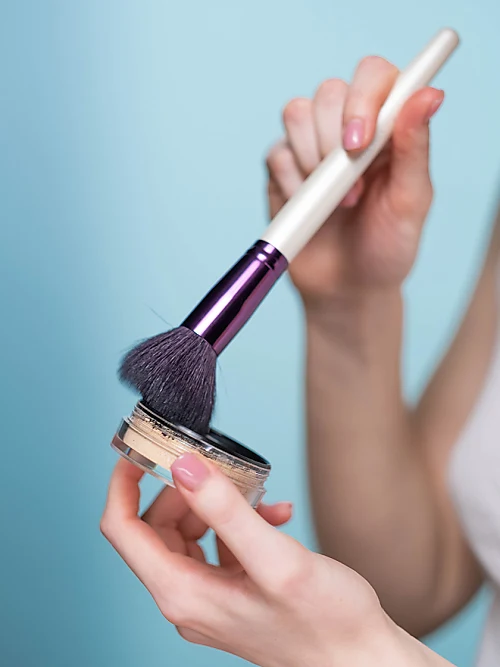
Tips for Preparing Your Space and Mixing Ingredients
Choose a clean space and cover surfaces to avoid messes. When mixing ingredients, aim for a consistency that is easy to apply but won’t drip excessively. If using fruits or vegetables, blending them ensures a smooth, easy-to-apply paste. Always apply masks to damp hair for better absorption.
Moisturizing Masks for Dry Hair
Avocado and Honey Mask
Mash one ripe avocado and mix with two tablespoons of honey to create a powerful moisturizing mask. Avocado’s fats and vitamins nourish the hair, while honey acts as a humectant, locking in moisture.
Coconut Oil and Olive Oil Blend
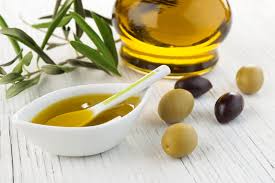
Combine equal parts of coconut oil and olive oil (about two tablespoons each) for a deeply hydrating treatment. Both oils are renowned for their ability to penetrate the hair shaft and replenish moisture.
Banana and Almond Oil Magic
Blend one ripe banana with a tablespoon of almond oil. Banana is rich in potassium and vitamins that help repair damaged hair, and almond oil adds shine and strength to brittle strands.
Balancing Masks for Oily Hair
Aloe Vera and Lemon Juice Cleanse
Mix two tablespoons of aloe vera gel with the juice of half a lemon. Aloe vera soothes the scalp and balances pH levels, while lemon juice helps regulate oil production.
Apple Cider Vinegar and Green Tea Solution
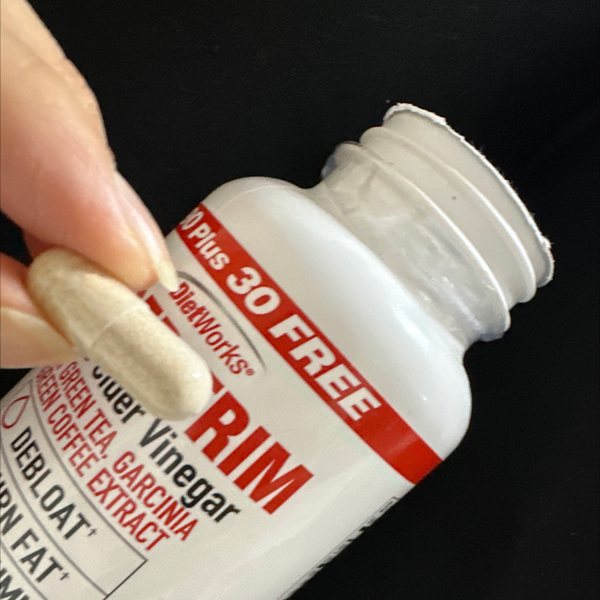
Brew a cup of green tea and add a tablespoon of apple cider vinegar. This mixture helps cleanse the scalp, removing excess oil and product buildup, leading to a balanced scalp.
Clay and Jojoba Oil Detox
Combine two tablespoons of bentonite clay with enough jojoba oil to form a paste. The clay draws out impurities and excess oil, while jojoba oil mimics the scalp’s natural sebum, preventing overproduction of oil.
Nourishing Masks for Normal Hair
Egg and Yogurt Protein Boost
This mask is a powerhouse of protein, perfect for maintaining the natural balance of your hair. The egg provides protein and nutrients that strengthen hair follicles, while the yogurt’s lactic acid cleanses the scalp, promoting healthy hair growth.
Ingredients:
1 egg (for medium-length hair, adjust as needed)
2 tablespoons of natural yogurt
Instructions:
Beat the egg and mix it with the yogurt until you achieve a smooth consistency.
Apply the mixture to damp hair, focusing on the roots and working your way down to the tips.
Leave it on for 20-30 minutes under a shower cap.
Rinse with cool water (to avoid cooking the egg) and shampoo as usual.
Mayonnaise and Egg Hydration
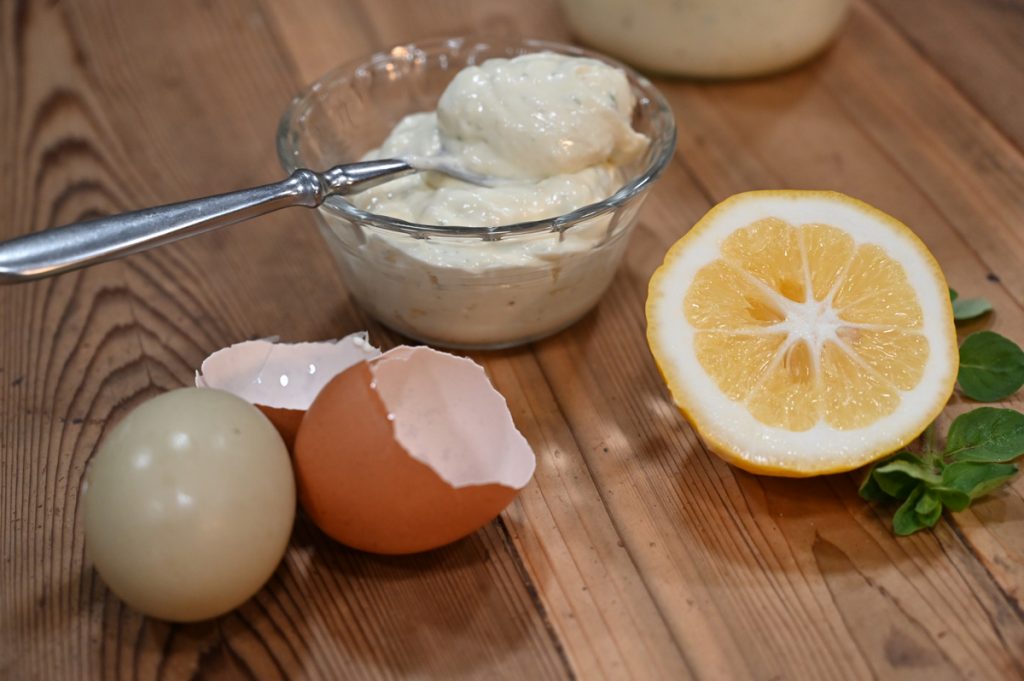
Mayonnaise isn’t just for sandwiches – it’s a fantastic hair hydrator, thanks to its main components: eggs, oil, and vinegar. This mask deeply moisturizes hair, adds shine, and smoothens frizz.
Ingredients:
1 egg
2 tablespoons of mayonnaise
Instructions:
Whisk the egg and mayonnaise together until well combined.
Apply to your hair, ensuring every strand is covered.
Leave it on for 30 minutes before rinsing off with cool water.
Shampoo lightly to remove any residue.
Milk and Honey Softening Mask
Milk is rich in vitamins and minerals that nourish the hair, while honey is a natural humectant that retains moisture, giving your hair a soft, silky feel.
Ingredients:
¼ cup of whole milk
2 tablespoons of honey
Instructions:
Warm the honey for a few seconds in the microwave to make it easier to mix with the milk.
Combine the milk and honey and mix well.
Apply to your hair, especially on the ends, and leave it for 20 minutes.
Rinse out and shampoo as normal.
Special Care Masks for Combination Hair
Strawberry and Coconut Milk Shine Enhancer
Strawberries are rich in Vitamin C, which helps regulate the scalp’s pH. Coconut milk moisturizes without weighing hair down, leaving your hair shiny and bouncy.
Ingredients:
5-6 fresh strawberries
¼ cup coconut milk
Instructions:
Blend the strawberries and mix them with coconut milk until you achieve a smooth paste.
Apply this mask from roots to tips and leave it on for about 20 minutes.
Rinse off with cool water and shampoo.
Oatmeal and Milk Smoothing Mask
Oatmeal is soothing and moisturizing, making it perfect for balancing combination hair. Milk adds softness and manageability.
Ingredients:
2 tablespoons of ground oatmeal
½ cup of whole milk
Instructions:
Mix the oatmeal with milk to form a paste.
Apply to the hair, focusing on dry ends and oily roots.
Leave for 20-30 minutes, then rinse thoroughly and shampoo.
Cucumber and Olive Oil Hydrator
Cucumber refreshes and hydrates the scalp and hair, while olive oil provides much-needed moisture to dry ends without exacerbating oiliness at the roots.
Ingredients:
½ cucumber
2 tablespoons of olive oil
Instructions:
Blend the cucumber and mix it with olive oil until smooth.
Apply to your hair, concentrating on the mid-lengths to the ends.
Leave on for about 30 minutes, then rinse and shampoo as usual.
SOS Treatments for Damaged Hair
Argan Oil and Lavender Recovery Mask
Argan oil is renowned for its reparative properties, and lavender oil soothes the scalp and smells divine. This mask is ideal for restoring softness and shine to damaged hair.
Ingredients:
3 tablespoons of argan oil
5 drops of lavender essential oil
Instructions:
Mix the oils together and apply to your hair, especially focusing on damaged ends.
Wrap your hair in a warm towel to enhance penetration.
After 30 minutes, rinse and shampoo out.
Shea Butter and Vitamin E Repair Mask
Shea butter is intensely nourishing, while Vitamin E is known for its healing properties. This combination is perfect for hair that needs an extra dose of TLC.
Ingredients:
2 tablespoons of shea butter
1 teaspoon of Vitamin E oil
Instructions:
Melt the shea butter and mix it with the Vitamin E oil.
Apply to damp hair, concentrating on the most damaged areas.
Leave it on for at least 30 minutes or overnight for deep conditioning.
Rinse out and shampoo thoroughly.
Keratin and Aloe Vera Reconstructor
Keratin rebuilds the hair’s natural protein structure, and aloe vera moisturizes and heals the scalp and hair. This mask is a savior for overly processed or brittle hair.
Ingredients:
2 tablespoons of aloe vera gel
1 tablespoon of keratin treatment (available at beauty stores)
Instructions:
Mix the aloe vera gel with the keratin treatment.
Apply to clean, damp hair and leave on as directed by the keratin treatment instructions (usually 20-30 minutes).
Rinse out thoroughly and follow with your usual hair care routine.
Routine and Application Tips
How Often to Apply DIY Hair Masks
The frequency of applying DIY hair masks largely depends on your hair type and condition. For dry and damaged hair, a nourishing mask twice a week can make a significant difference. Those with oily or normal hair might find once a week sufficient to maintain balance and luster. It’s important to listen to your hair and adjust the frequency as needed, aiming for a routine that keeps your hair feeling healthy without overburdening it.
Application Techniques for Maximum Benefits
To maximize the benefits of DIY hair masks, start by applying the mask to clean, slightly damp hair. This allows the hair cuticles to open up and absorb the nutrients more effectively. Use your fingers or a brush to apply the mask evenly from roots to ends, paying extra attention to the tips, which are often the most damaged part. For deep penetration, wrap your hair in a shower cap or a warm towel to create a warm environment that helps the mask’s nutrients to penetrate deeper into the hair shaft.
Rinsing and After-Care Advice
When it’s time to rinse out the mask, use lukewarm or cool water to help seal the hair cuticles, locking in moisture and enhancing shine. Avoid hot water, as it can strip away natural oils and leave your hair dry. After rinsing, gently pat your hair with a towel and allow it to air dry if possible. If you must use a hair dryer, opt for the lowest heat setting to prevent heat damage.
Sustainability and DIY Hair Care
Benefits of Using Natural Ingredients
Natural ingredients are not only gentle on your hair but also on the environment. They are free from harsh chemicals and synthetic additives, reducing the risk of scalp irritation and hair damage. Additionally, natural ingredients are often rich in vitamins, minerals, and antioxidants, providing your hair with the nutrients it needs to be healthy and strong.

How to Source Ingredients Sustainably
When sourcing ingredients for your DIY hair masks, opt for organic and locally produced items whenever possible. This not only supports local farmers and reduces your carbon footprint but also ensures that the ingredients are of the highest quality and free from harmful pesticides. Consider growing your own herbs like aloe vera or rosemary, which are excellent for hair care and can be easily cultivated at home.
DIY Hair Care and Environmental Impact
Embracing DIY hair care routines contributes to reducing environmental impact by minimizing the use of plastic packaging and harmful chemicals often found in commercial hair care products. By creating your own hair masks, you can reuse containers and choose sustainable, biodegradable ingredients that are kinder to our planet.
Conclusion
Recap of the Benefits of Natural DIY Hair Masks
Natural DIY hair masks offer a myriad of benefits for your hair, from deep hydration and nourishment to enhanced strength and shine. They provide a cost-effective, environmentally friendly, and customizable solution to meet the unique needs of your hair type and condition.
Encouragement to Experiment and Find the Perfect Mask for Your Hair Type
I encourage you to embrace the art of DIY hair care and experiment with different natural ingredients to discover what works best for your hair. Remember, the journey to healthy, lustrous hair is a personal one, and what works for one person might not work for another. Be patient and enjoy the process of creating and applying your own natural hair masks. With time, you’ll find the perfect combination that leaves your hair looking its best.
Popular Post

Ultimate Guide to Using a Hair Dryer with Nozzle for Styling
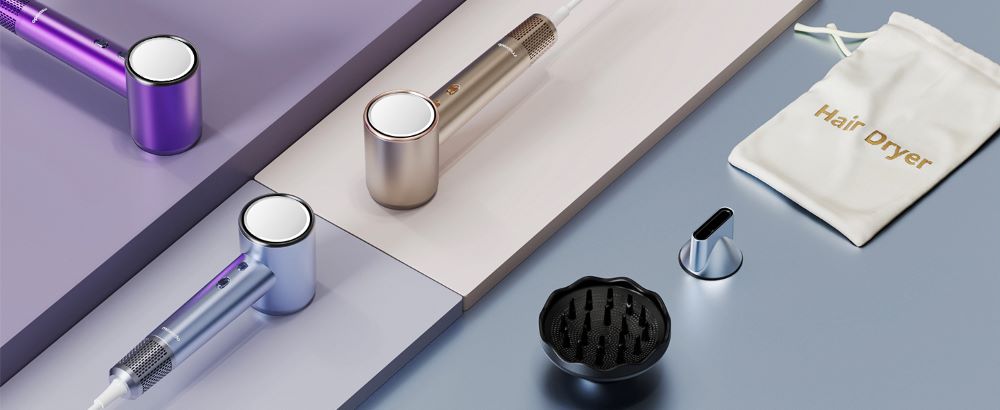
The Benefits of Using a Hair Dryer with a Diffuser
